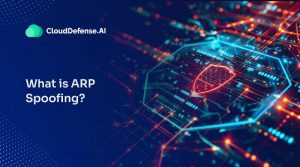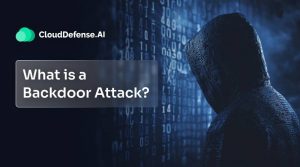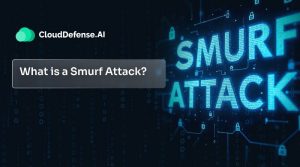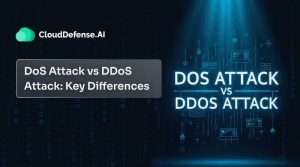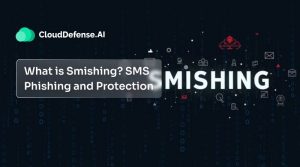CloudDefense.AI Blog
- Anshu Bansal
- Security
In today’s high-stakes healthcare sector, where healthcare providers leverage various digital solutions, health security has become paramount. Healthcare cybersecurity is always under pressure from data breaches or zero-day exploits, as it holds millions of patients’ data. However, the most severe issue that has plagued the industry
- Anshu Bansal
- Security
Traditionally, security has always been an obstacle in the development process for engineering teams. The teams are bombarded with an overwhelming number of false positives from different security sources. It not only leads to high alert fatigue but also causes developers to resort to context switching.
- Anshu Bansal
- Security
For years, most organizations have been raising one major issue when it comes to scanning in AppSec: false positives. It is a bane to modern AppSec programs that has numerous negative consequences to the development process. In today’s high-paced software development process, where velocity and accuracy
- Anshu Bansal
- Security
Modern cybersecurity is evolving rapidly, fueled by AI-driven code generation and an advanced DevOps approach. While AI-based AppSec tools have been helping organizations to bolster their guardrails, it is failing to cope with the high volume of code changes and increasing complexity. However, the advent of
- Anshu Bansal
- Security
In today’s modern software development, where speed and security go hand-in-hand, application security (AppSec) is no longer just a feature. AppSec has become a necessary foundation of every organization’s security strategy. As developers write code, especially through AI-code editors, it creates a possibility of introducing vulnerabilities
- Anshu Bansal
- Security
The multicloud strategy has become completely mainstream. A recent Cloud Security Alliance report highlighted that around 57% of organizations in the industry are now using a multicloud environment to run their operations. Every CISO and CTO has embraced this model to avoid traditional vendor lock-in and
- Anshu Bansal
- Security
With the need for speed in the application development process, developers are rapidly turning to AI-powered IDEs like Cursor. It has not only enhanced developer productivity but also enabled organizations to achieve faster release cycles. However, implementing AI-generated code into the codebase introduces new security risks
- Anshu Bansal
- Security
With applications being the backbone of modern enterprises and a constant threat from attackers, complete security of every application has become a necessity. Moreover, development cycles are accelerating with time, and the addition of dependencies and API is making applications more complex. Although standard application security
- Abhishek Arora
- Security
Modern software development commands speed and agility, fueled by AI-assisted coding and an advanced CI/CD pipeline. However, to cater to high-speed application development approaches, organizations need a shift in their application security approach. AI SAST, or AI-based Static Application Security Testing, serves as a proactive and
- Anshu Bansal
- Security
Application security in today’s world is constantly under threat from cyber attackers exploiting every possible vulnerability in the application source code. Organizations require advanced and AI security testing methodologies within the SDLC to identify and mitigate vulnerabilities, including zero-day attacks. Among all, AI SAST and AI
Cloud Security
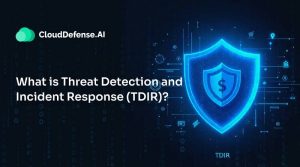


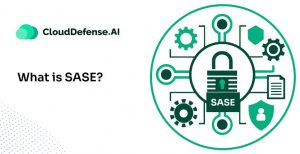


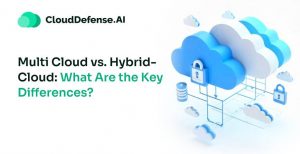

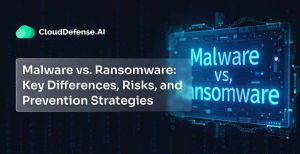
Malware vs Ransomware: Key Differences, Risks, and Prevention Strategies
Security
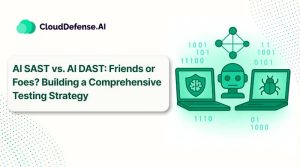
AI SAST vs AI DAST: Friends or Foes? Building a Comprehensive Testing Strategy
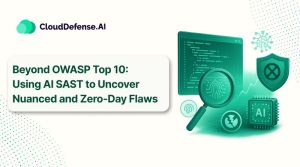
Beyond OWASP Top 10: Using AI SAST to Uncover Nuanced and Zero-Day Flaws
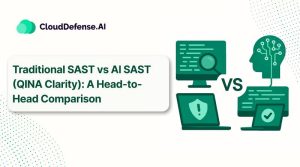
Traditional SAST vs AI SAST (QINA Clarity): A Head-to-Head Comparison

Shifting Left, Smarter: Integrate QINA Clarity AI into Your CI/CD Pipeline

Shifting Left, Smarter: Integrate QINA Clarity AI into CI/CD Pipeline
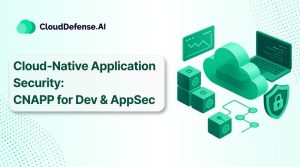
Cloud Native Application Security: CNAPP for Dev & AppSec
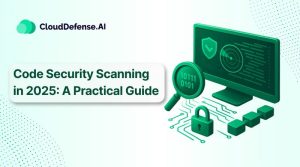

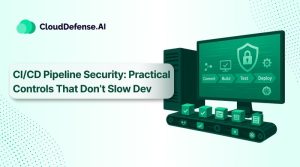
CI/CD Pipeline Security: Practical Controls That Don’t Slow Dev
Press

Major Identity Verification Firm AU10TIX Exposes User Data in Year-Long Security Lapse

Could the Ticketmaster Breach that Affected Over 560 Million Users Be Avoided?

Indian State Government Fixes Website Bugs Found by CloudDefense.AI
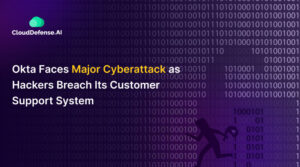
Okta Faces Major Cyberattack as Hackers Breach Its Customer Support System
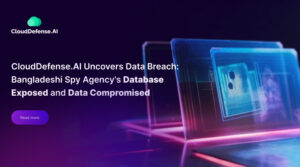
CloudDefense.AI Uncovers Exposed Database of Bangladeshi Spy Agency

CloudDefense.AI Discovers Over 3.3 Millions of Chinese IDs Exposed Online

CloudDefense.AI is now on AWS Marketplace: Simplifying Access to Expert Cloud and App Security Solutions
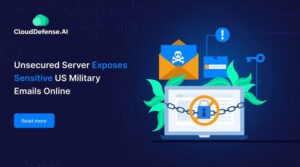
Unsecured Server Exposes Sensitive US Military Emails Online – Discovered by CloudDefense.AI

Scrubs & Beyond Data Breach: CloudDefense.AI Discovers Alarming Vulnerability
Testing
Application Security
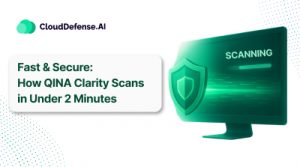
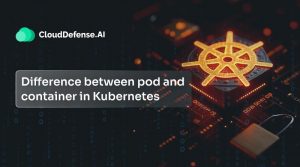
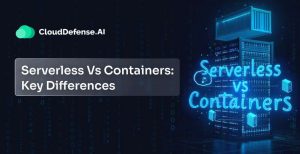

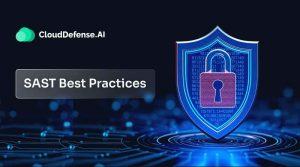

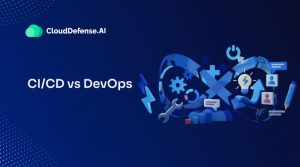

Security Operations Center (SOC) Roles and Responsibilities
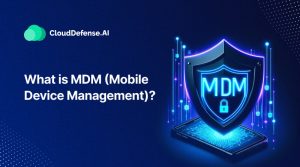
CI/CD Security
Threats

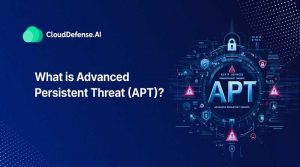
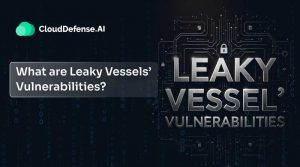
What are Leaky Vessels’ Vulnerabilities? How Does It Affect Your Container Environments?
